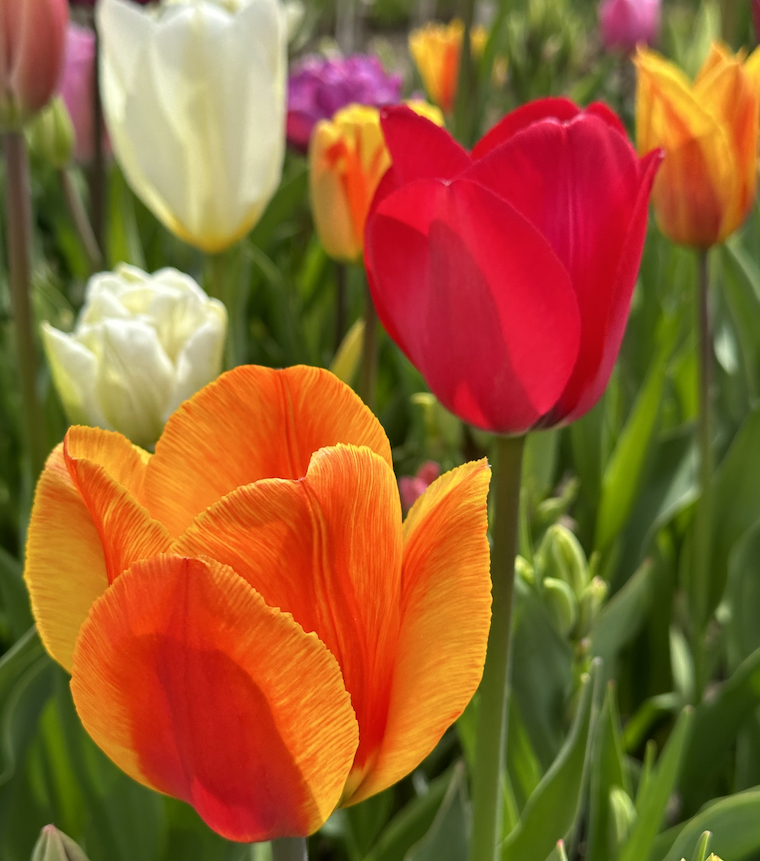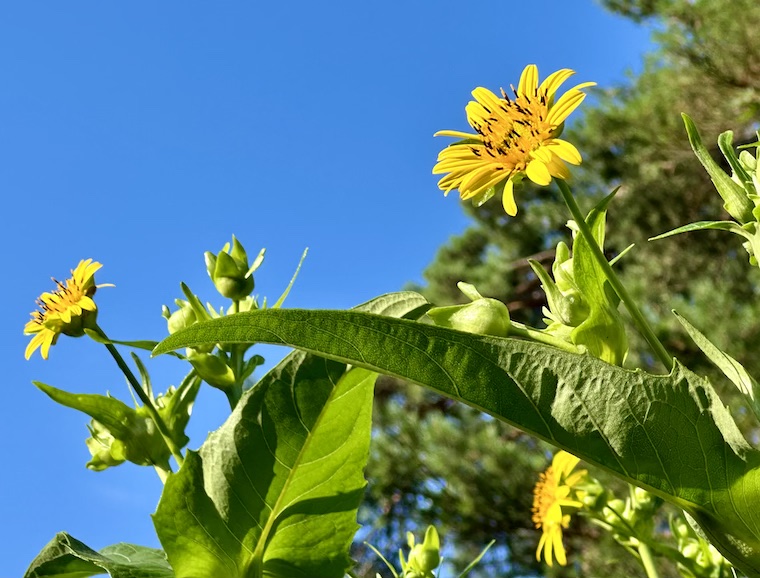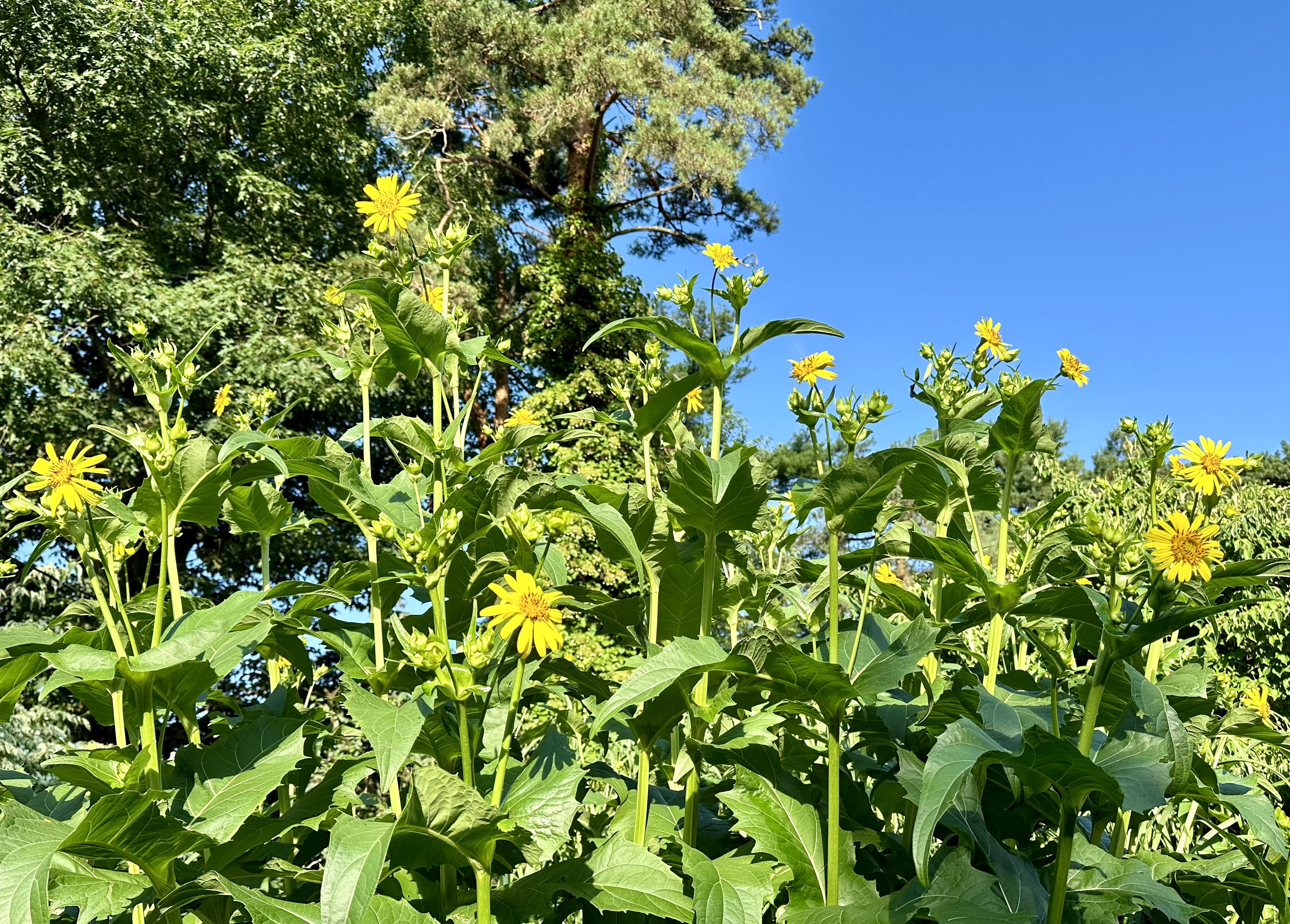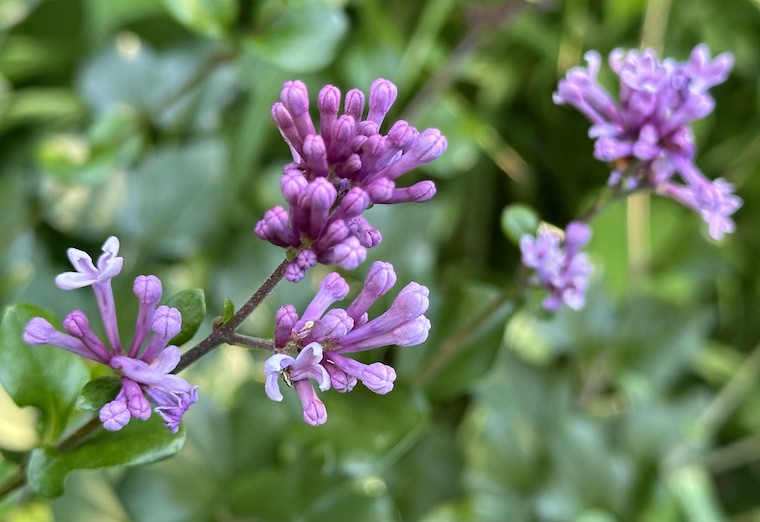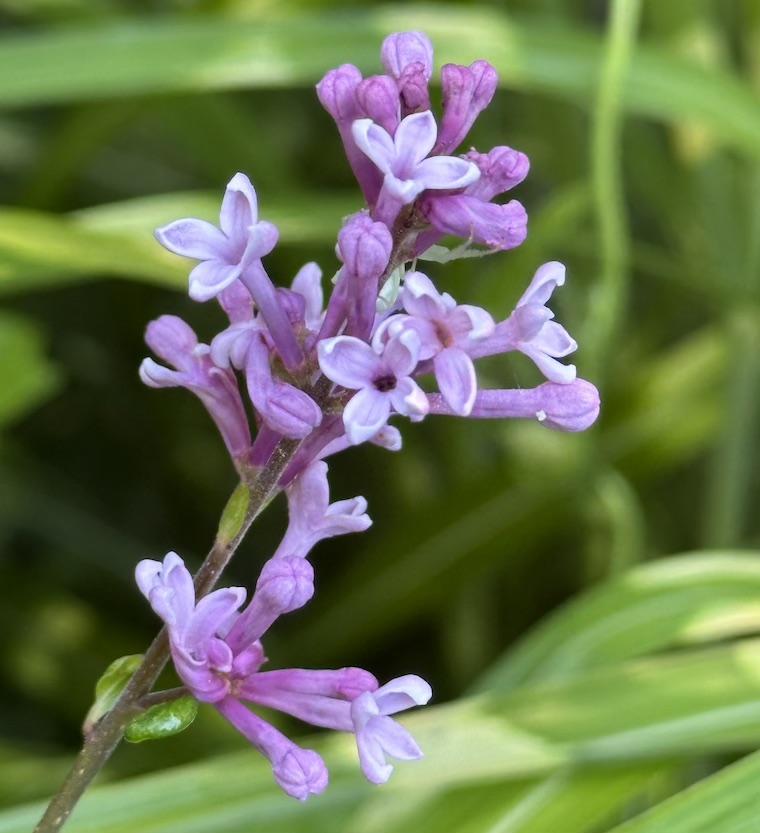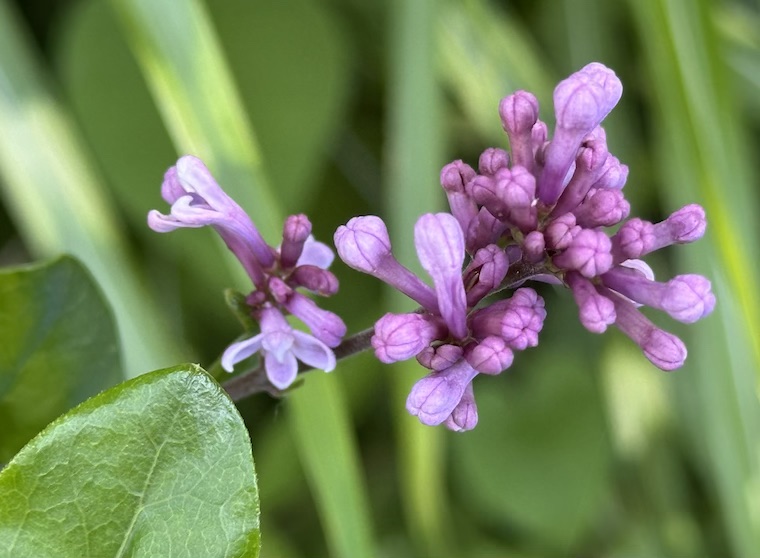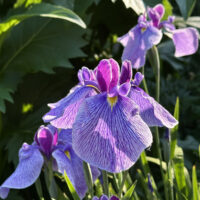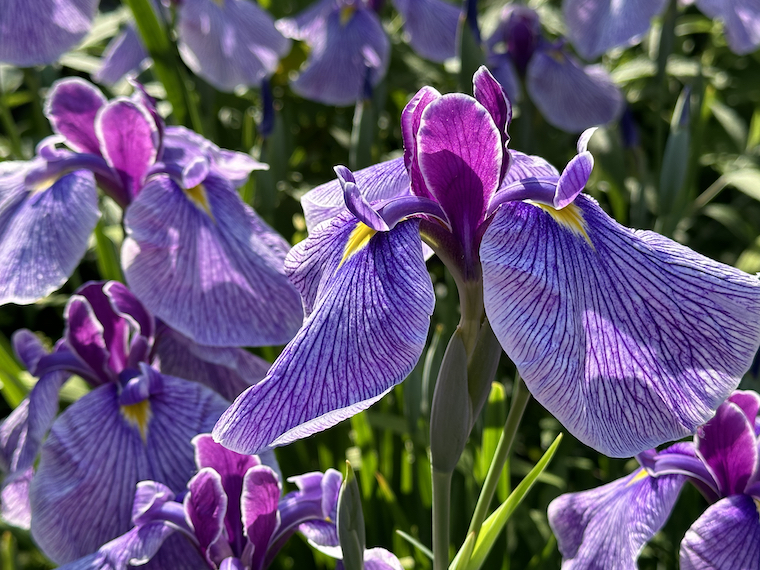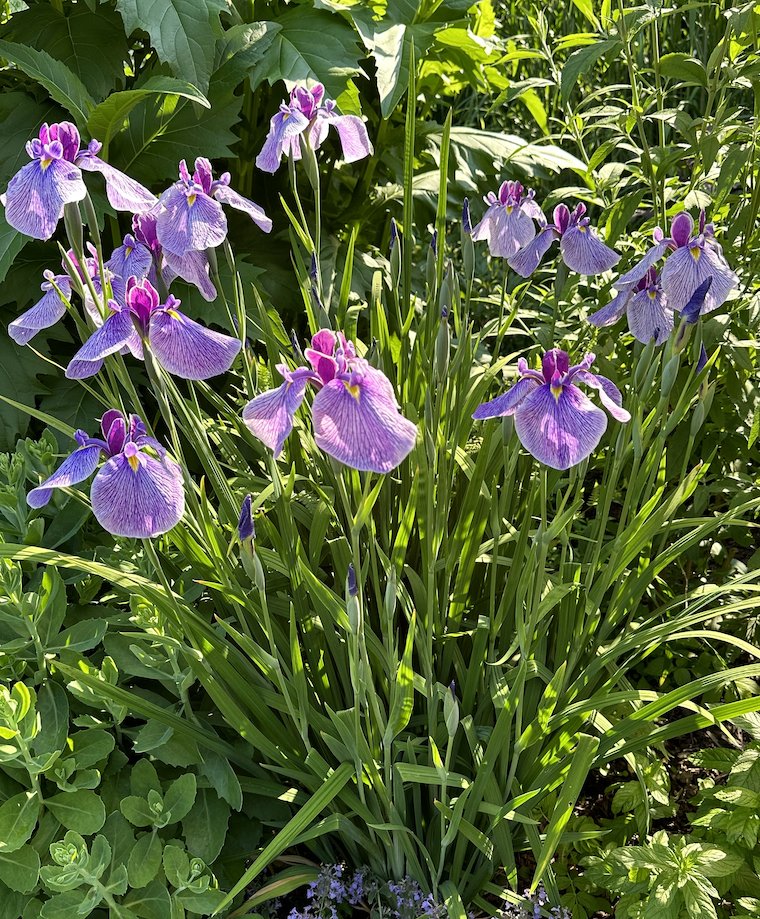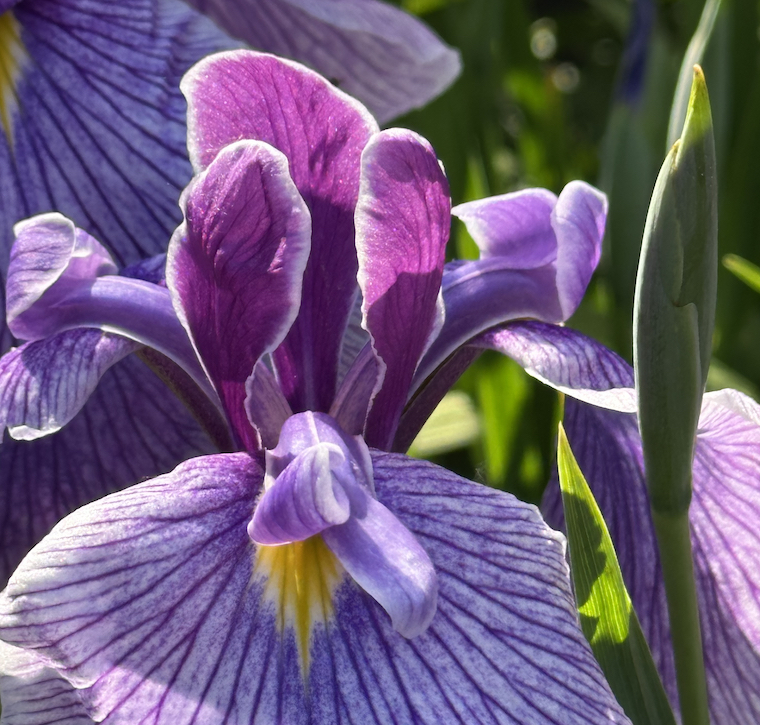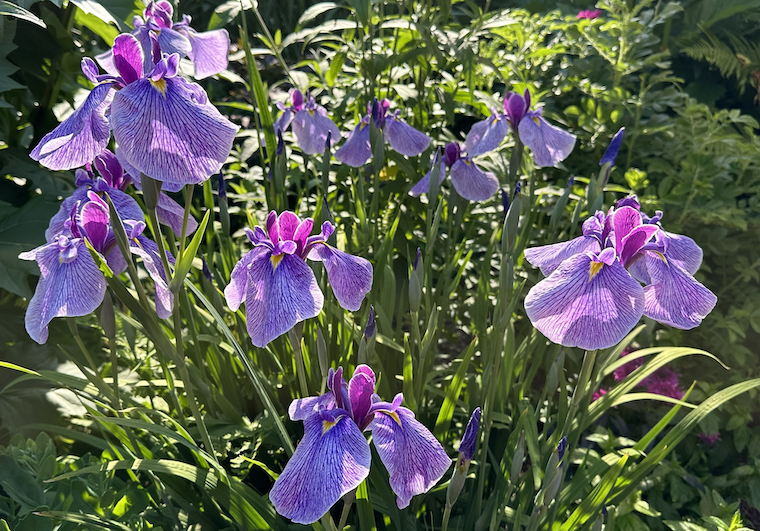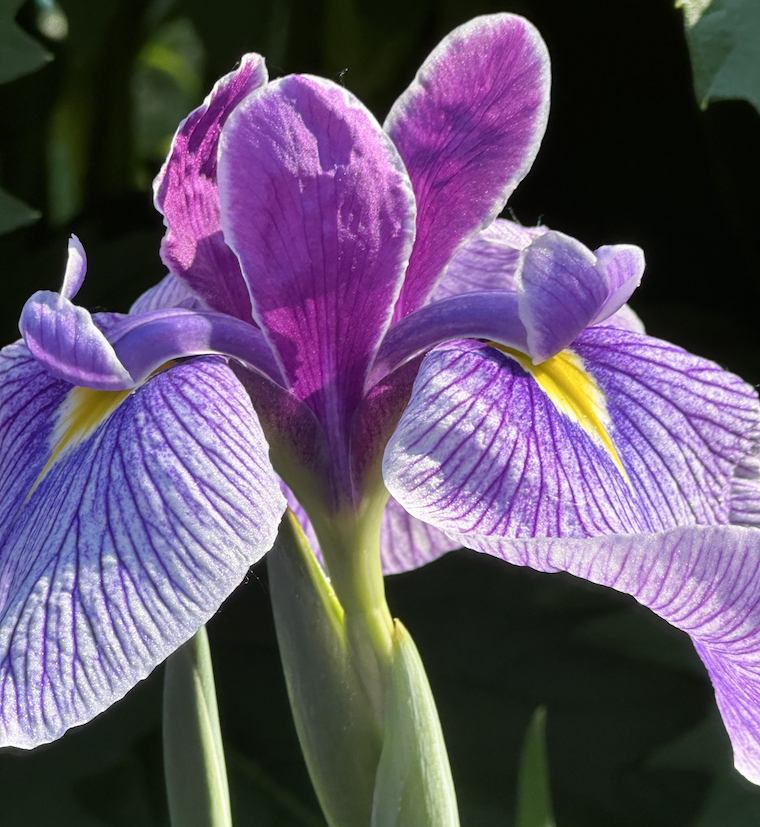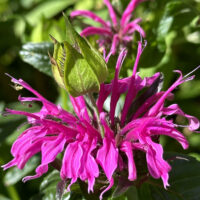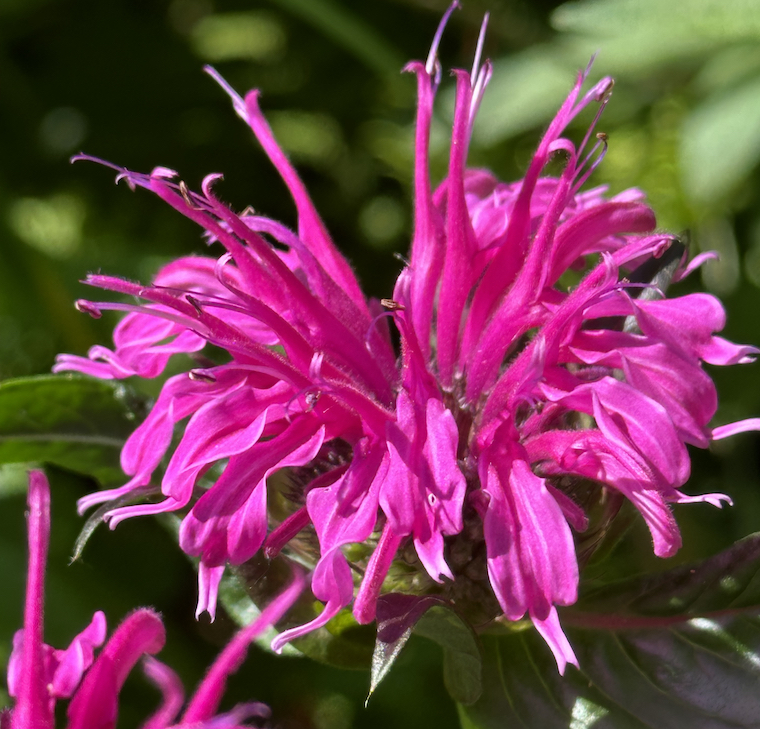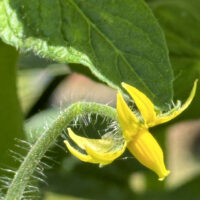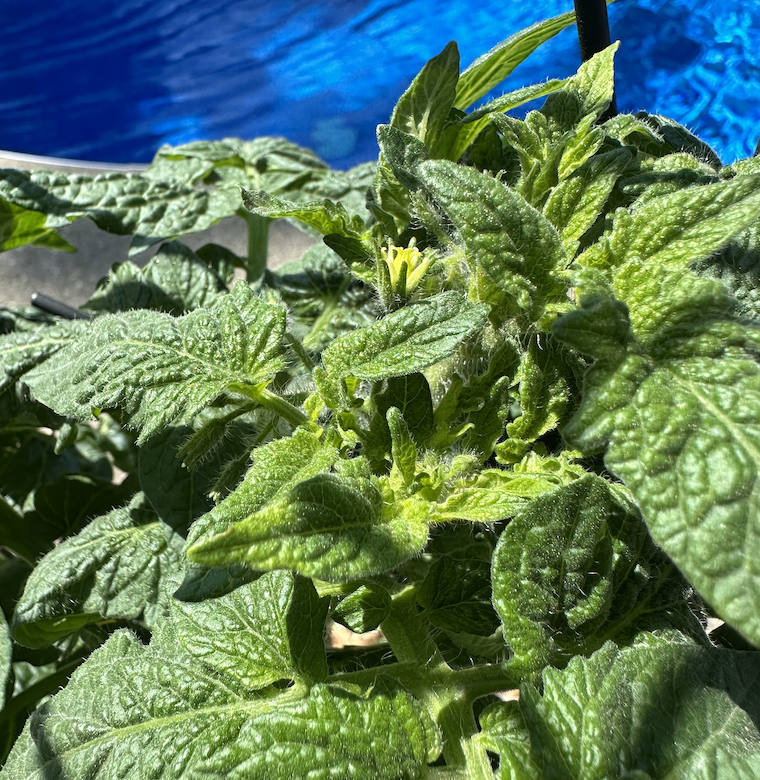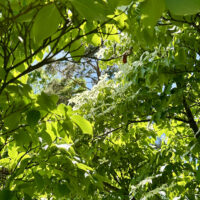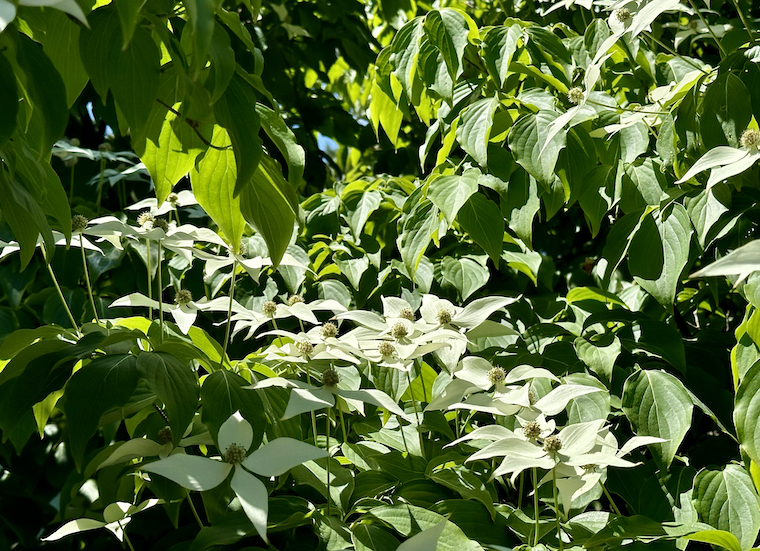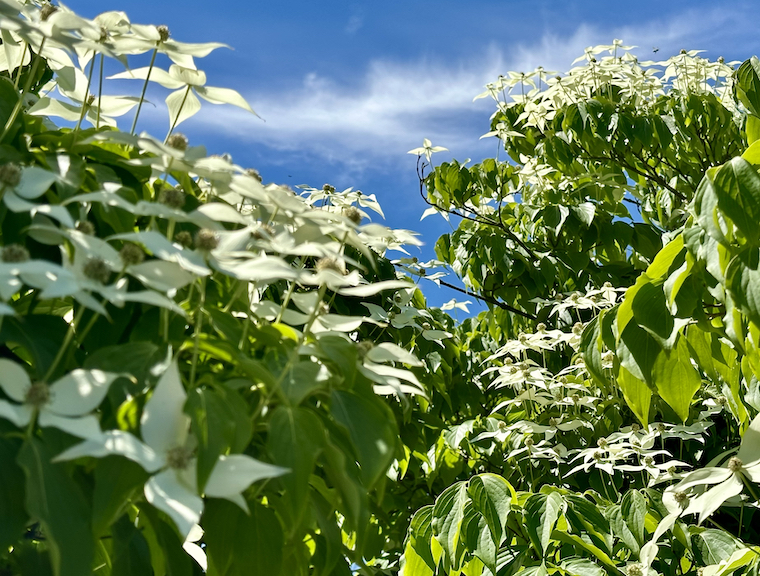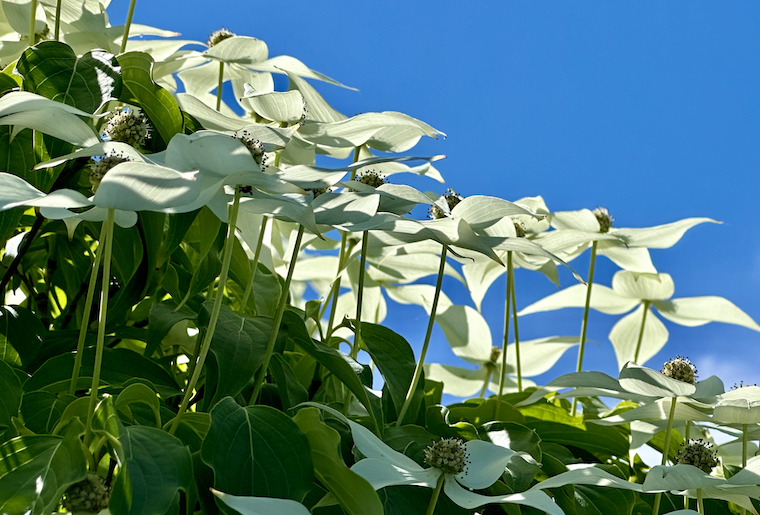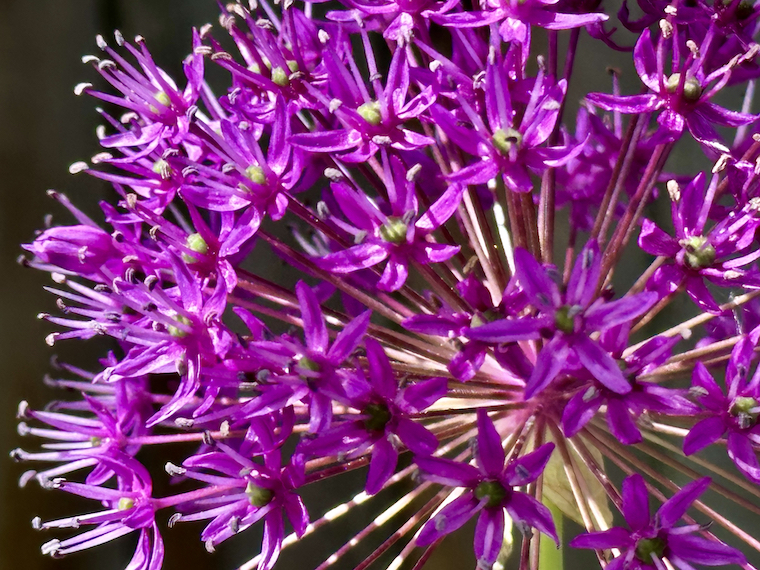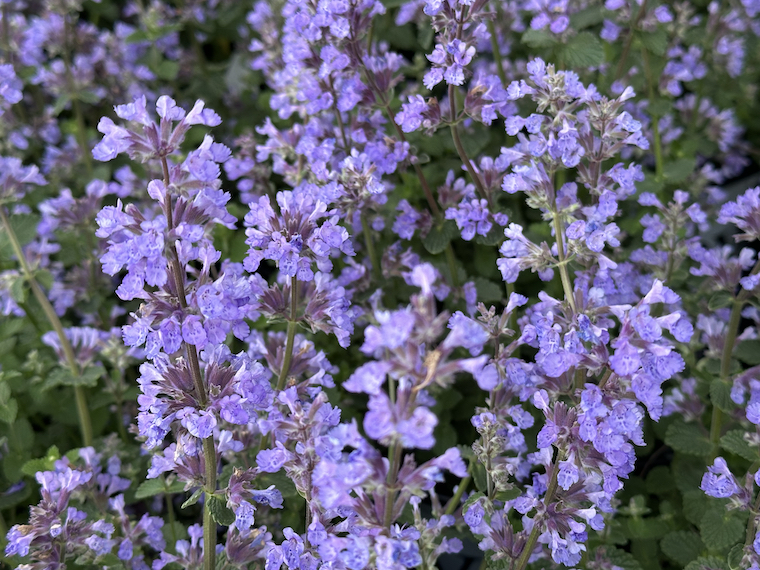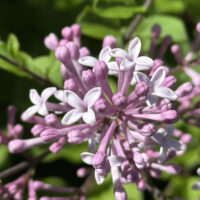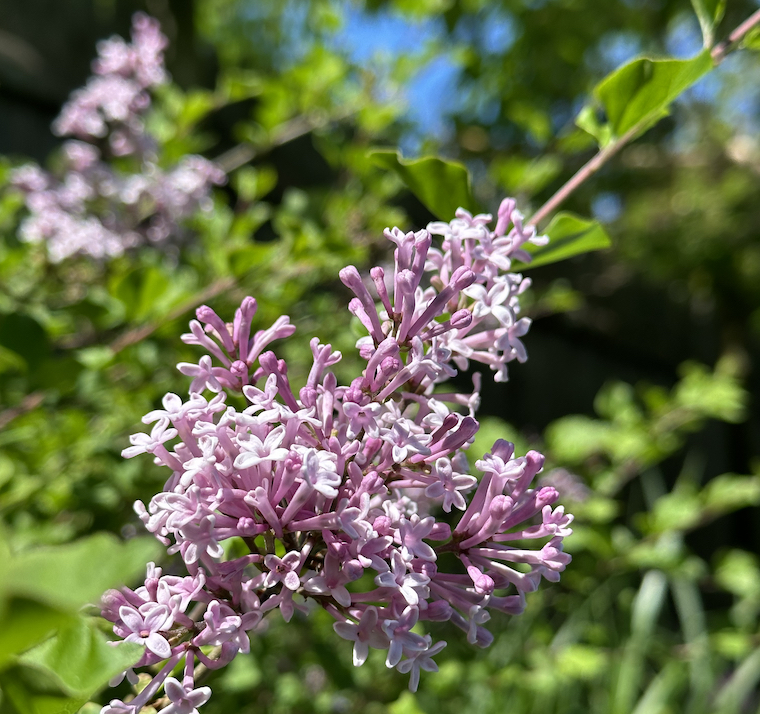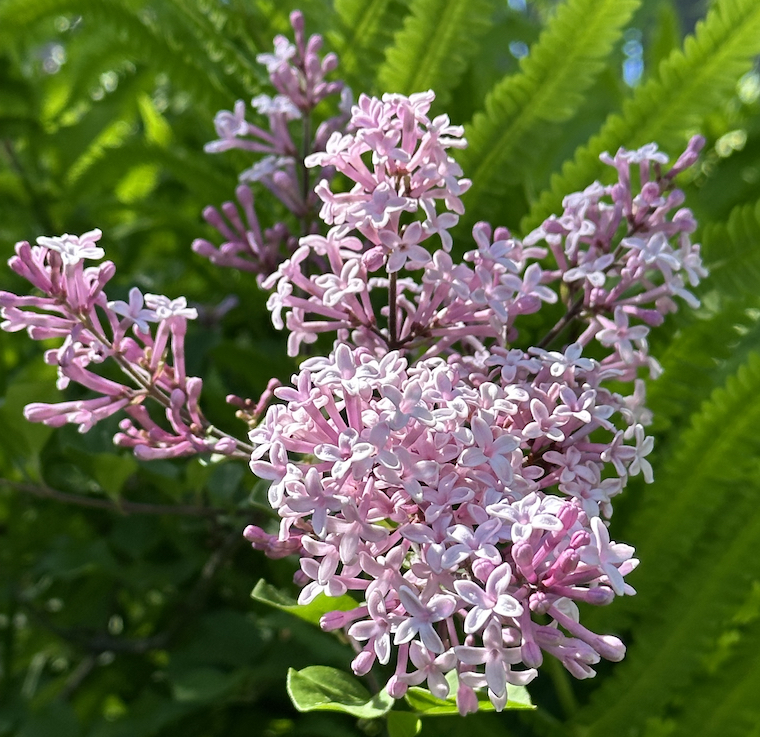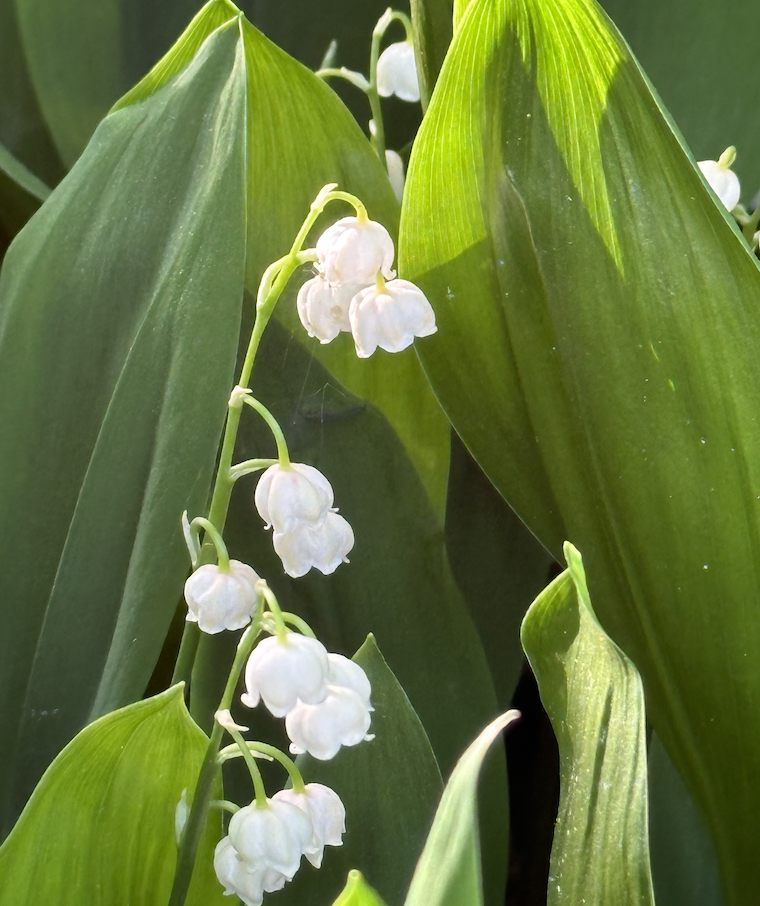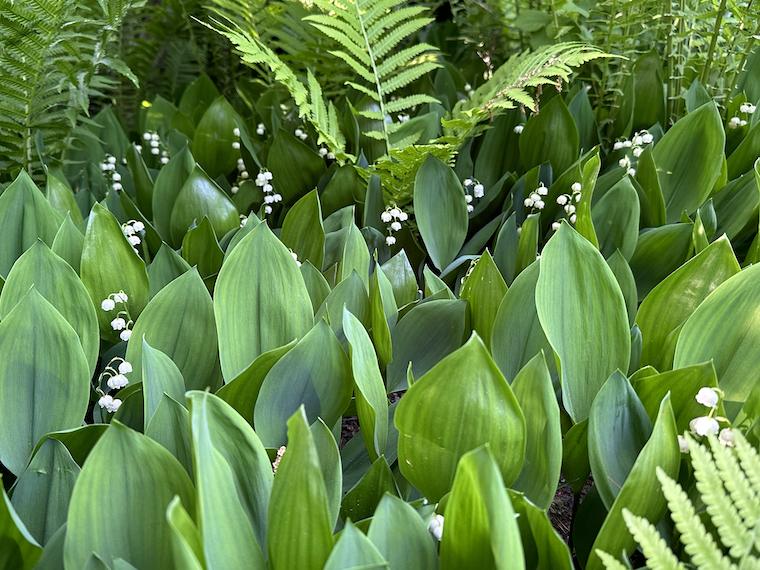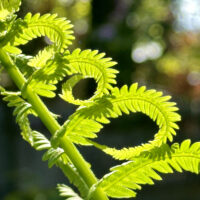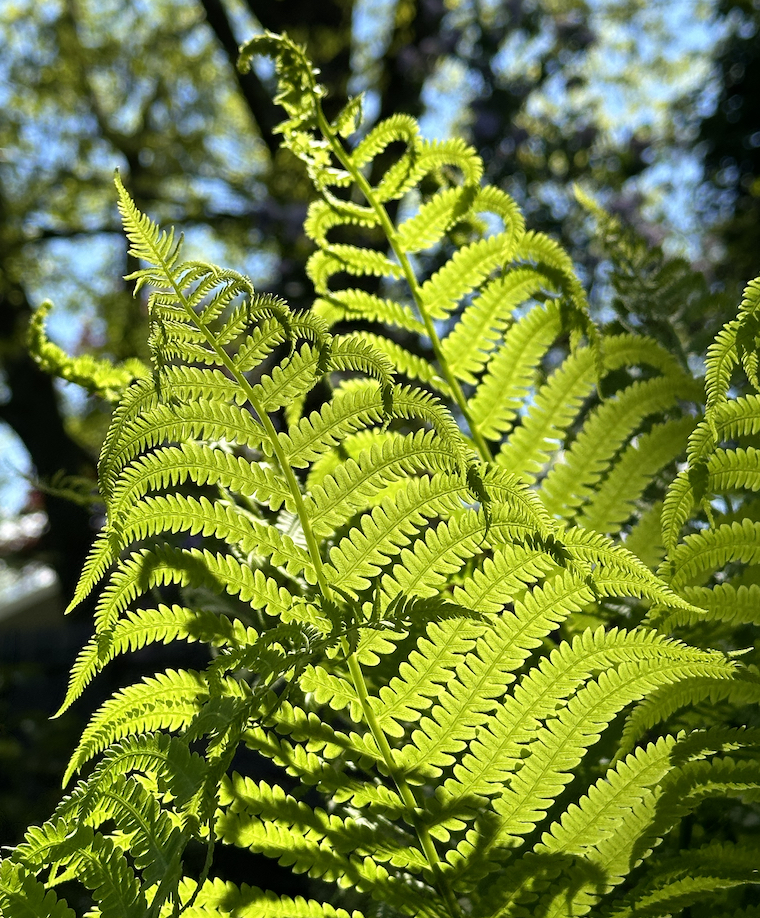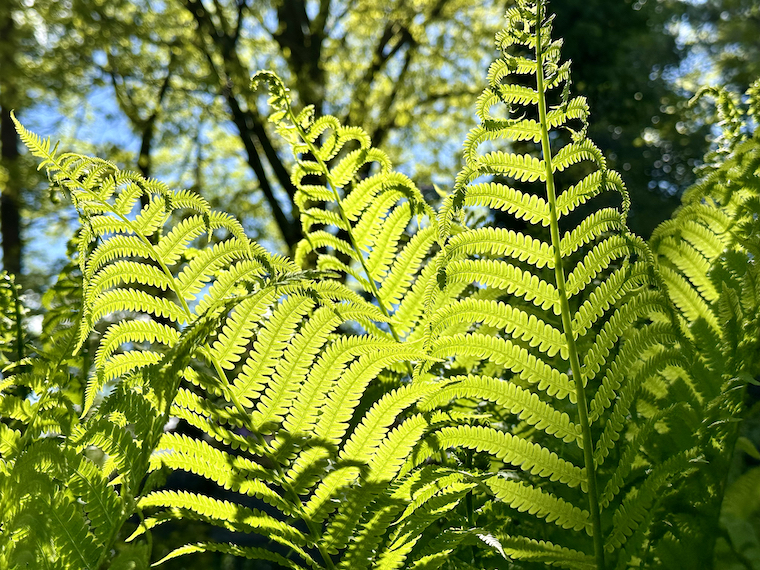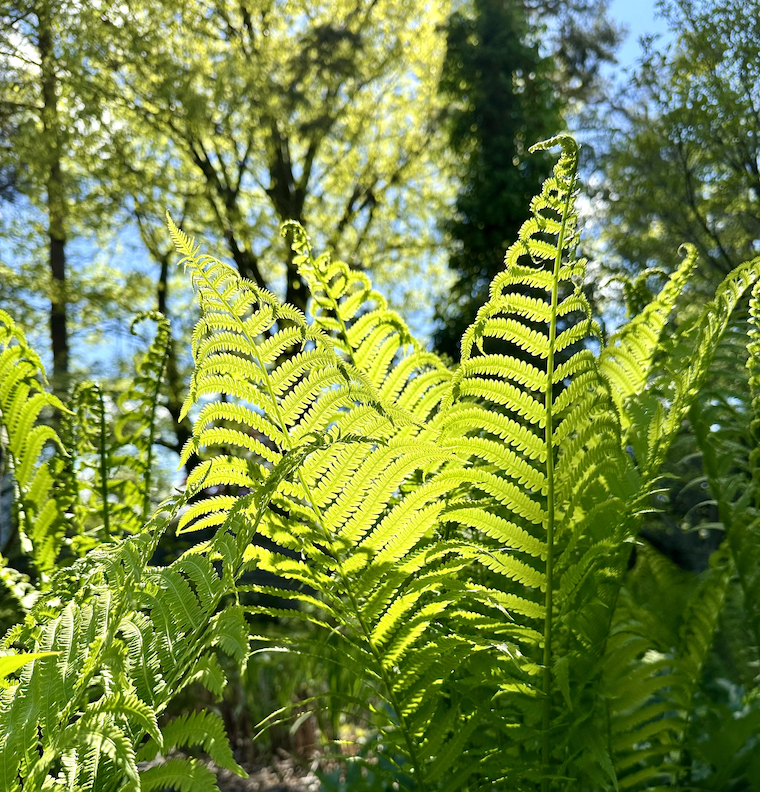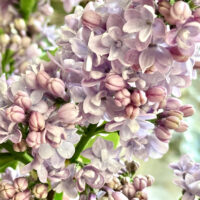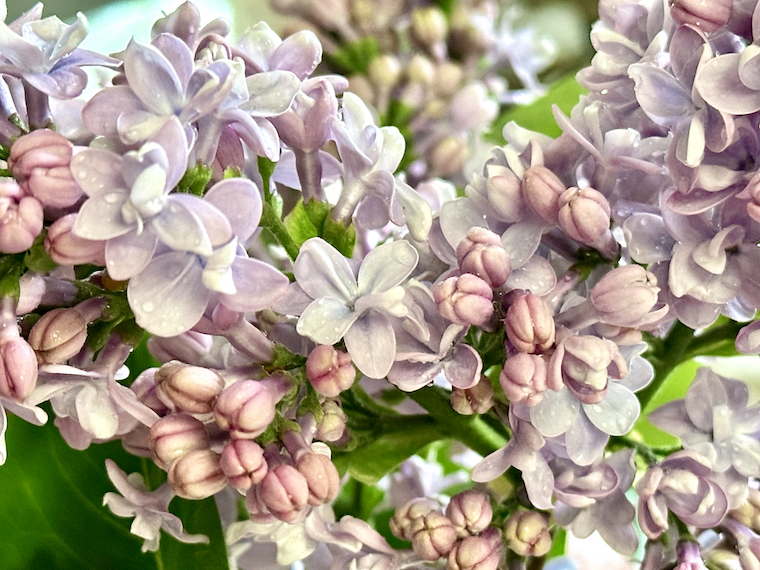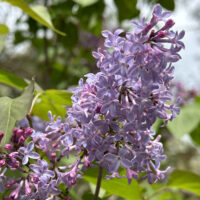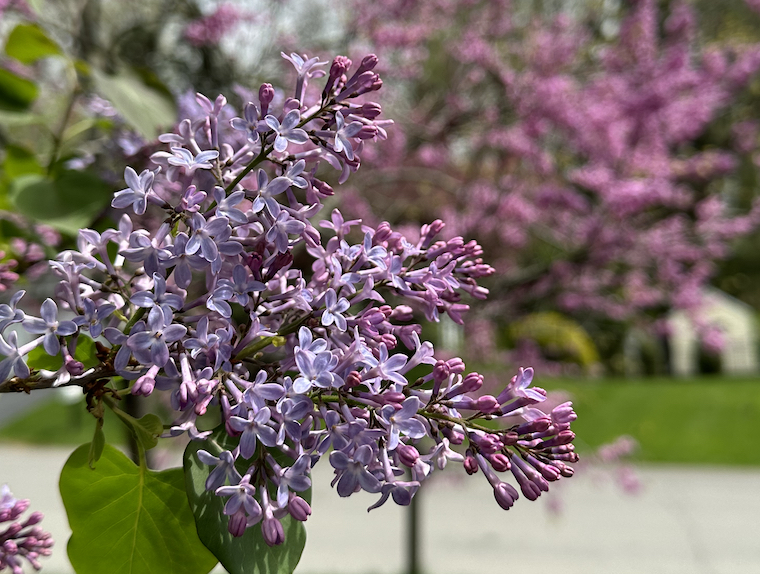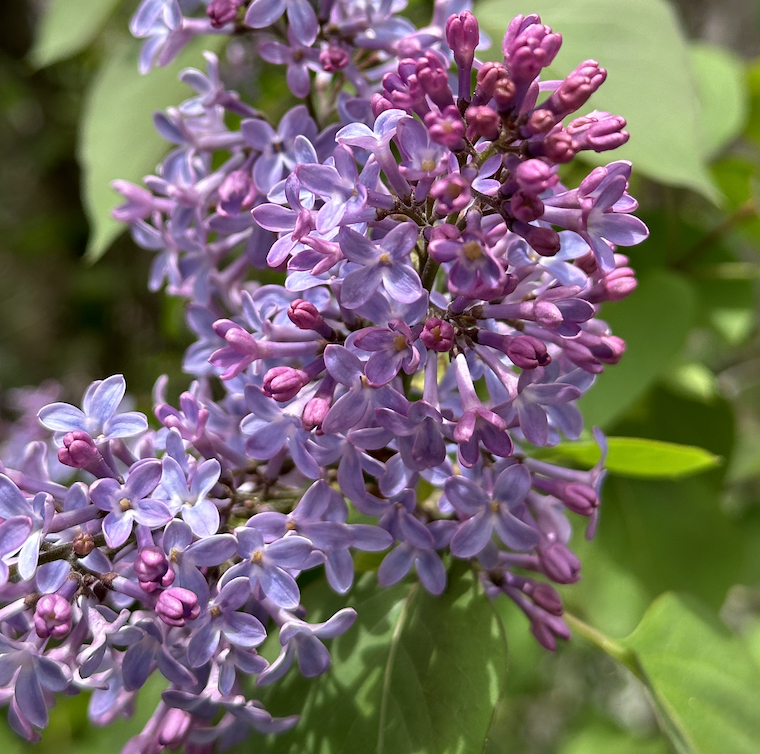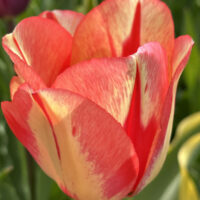It was around 1986 or 1987 when I stuffed five one-dollar bills into an enveloped and mailed them out with a request for a catalog to White Flower Farm. At the time, it was an exorbitant sum for a child to collect, but it was worth it because I had read that the White Flower Farm catalog was the standard against which all flower catalogs were judged. Way back then there was no internet, and I had to find any information on plants, and a burgeoning gardening obsession, in books and magazines and plant catalogs.
During those years, Amos Pettingill was the ‘writer’ behind the catalog, and their introduction to the catalog – and hat was new that year – was golden text for me. I pored over each and every word, finding daydreams and a hazy future hope in the invitation to cucumber sandwiches that Amos offered in every spring catalog.
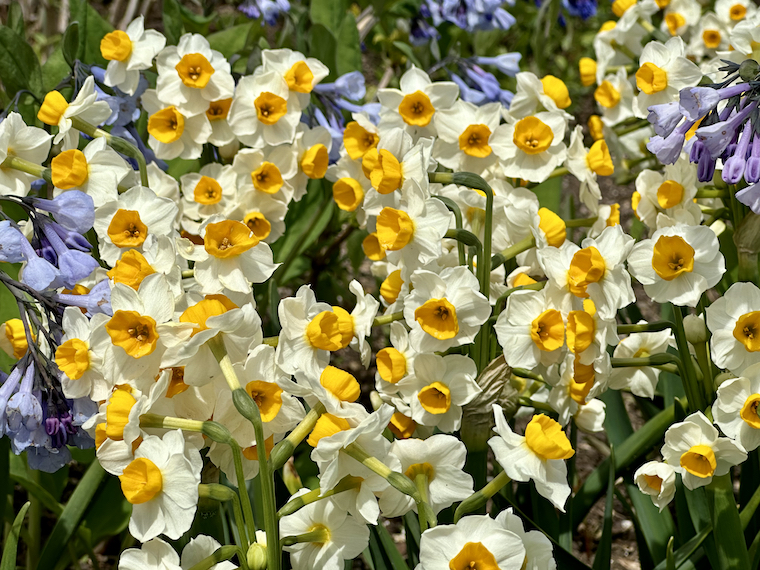
White Flower Farm supplied many rare plants and species to all of the gardens I’ve cultivated. There is a Baptisia only a decade younger than myself at my parents’ former home that still blooms, and the Japanese umbrella pine that I purchased from them twenty years ago is about twelve feet tall now. This nursery and I go way, way back.
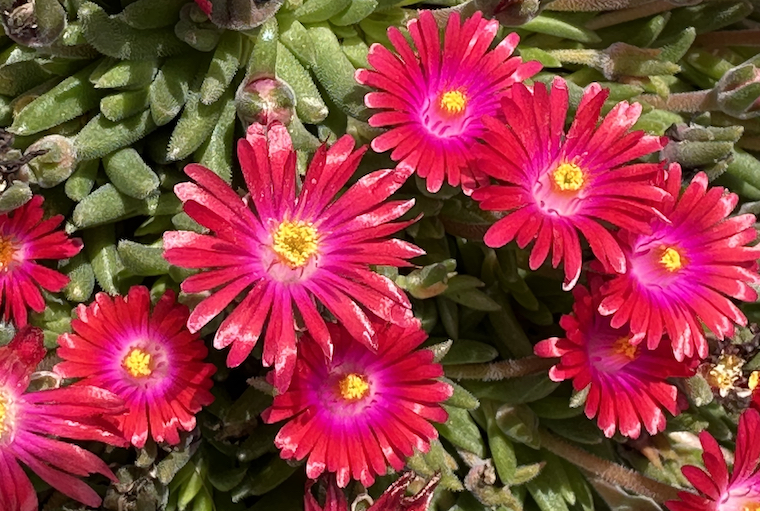
When I asked Missy how far she lived from Litchfield, we were both surprised at how close it was from Southbury, and she mentioned she had been wanting to visit there for a while, so we set up a floral weekend anchored by the short drive to the Farm. I knew it would never capture the palace I’d built it up to be in my head, and I went in with reasonable expectations.
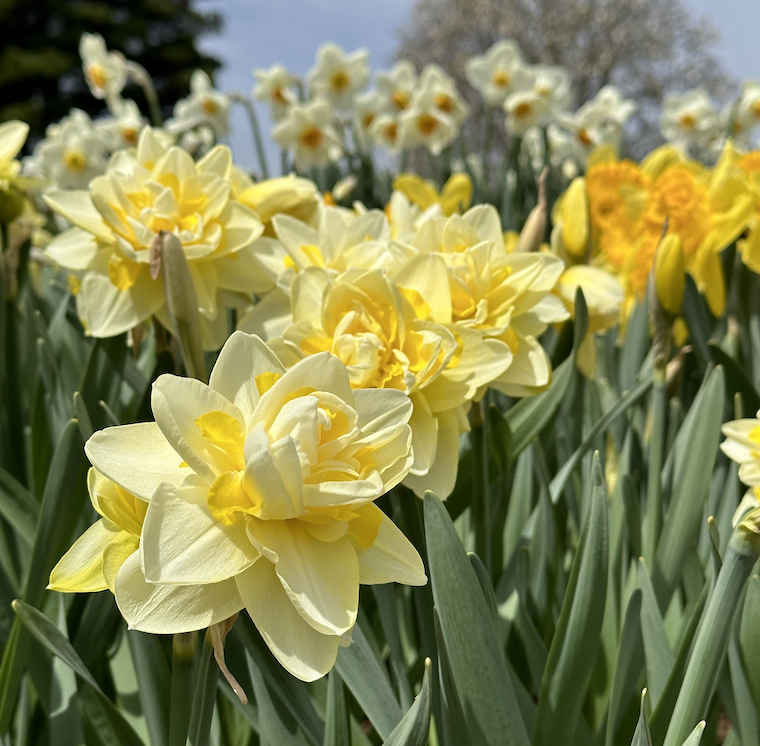
We caught it at just the right time – all of the spring bulbs were in full, gorgeous bloom. The Narcissus spread out in every imaginable form, while the tulips and hyacinths were resplendent in every possible color combination. Taking in the layout of the land, I was transported back to my childhood – the trees and the gently-roling hill were familiar, as though I’d been here in a dream, when it was merely all in my imagination, and the tantalizing peek of landmarks from the photographs in the catalog.
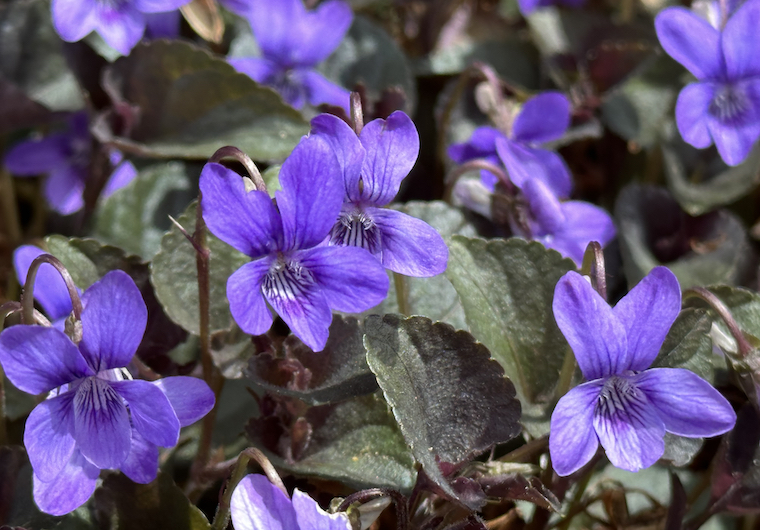
At first it felt smaller than I’d imagined, but slowly, as we made our way through each garden and walkway, it opened up, revealing all the intricacies and myriad plant varieties that were on display and just beginning to appear in this late-starting season. The promise of another summer visit when things were further advanced put my mind at ease. For now, I simply enjoyed the magic of the moment, and the realization of reaching my own little Mecca after four decades.
